Conversation with the soloist of “Lamenter” / World release of Ashura work + song
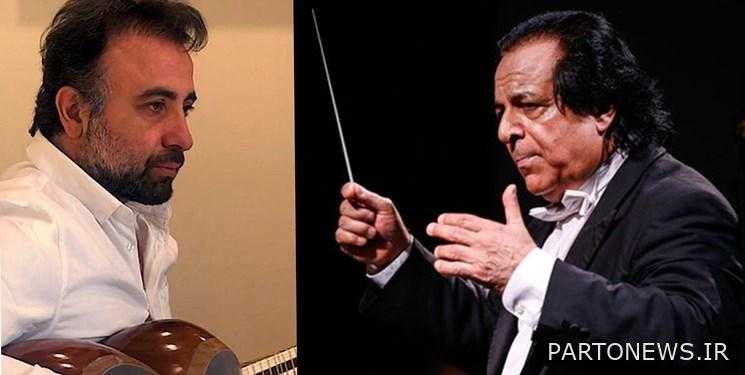
Fars News Agency – Music Group – Alireza Sepahvand: “Lamenter” is a work made by “Ali Rahbari” at the age of 22 and became the most famous Ashura work in world classical music. Ali Rahbari, a resident of Vienna, Austria, has led more than 120 world orchestras in Europe for more than five decades, and the world’s largest orchestras have experienced his leadership. “Lamenter”, which is inspired by the melodies that Master Ali Rahbari saw and heard in Iranian taziyehs as a child, is a heavy musical work with a large orchestra created in the style of classical music. The work has been distributed around the world by the German company Naxos and has attracted the attention of not only the world’s great critics in London, New York and Berlin, but also some of the world’s most famous violinists, such as Brownstein, the Berlin Philharmonic, and Kerr Ponter. Famous American violinist and several other famous musicians want to perform this work. Undoubtedly, this trend leads to more hearing of a classical work that originates from Iranian-Islamic themes and can be a justified introduction in its context to the spread of our country’s religious and artistic culture worldwide.
Regarding the effect of lamentation and mourning on the creation of this work, Ali Rahbari says: “We grew up in a situation where we were immersed in mourning, lamentation and Muharram ceremonies.” “Tonight Shah Din is a guest in his shrine / Do not rise in the morning.” This part of the lament poem and the famous lament of “Bani Hashem Youth” involved me as a child, and later I made the “Lament” concert based on this theme. In the last parts of the dramatic part of the work, inspired by the lament “What happened, Hussein was killed! “Welcome to the breasts of Shah Din.” It should be noted that in this work, the light motif “What happened to Hussein?” Repeated with brass wind instruments. Or “Tonight, the oppressed Hussein is the guest of the sisters / Tomorrow is his head … The first piece also begins with the morning call to prayer of Ashura, in which the brass wind instrument was played by Horn and is now written for strings. For this reason, variations have been written that are reminiscent of the morning call to prayer of Ashura. But this lamentation that says: Do not rise in the morning …. This motif is repeated everywhere in the concert in the language of classical music … The same repetition that people said in the morning did not rise in the morning and wished that morning would not come and mourn the martyrdom of the Prophet. …
Now, in his latest artistic activity on this symphonic work, Mr. Rahbari has written it for the Iranian string solo and recorded it by playing the string “Aydin Aliansab” at the request of the Naxos International Company. In addition to the Ashura concepts – taziyeh woven into the texture, form and musical articulation of this work, its multifaceted aspect to the introduction of Iranian music, especially the introduction of string as one of the original Iranian musical instruments in the world is one of the highlights of this project. In this regard, under the pretext of the Ashura work of “Lamenter”, we have arranged a conversation with “Aydin Aliansab”, the soloist (soloist), which you can read below:
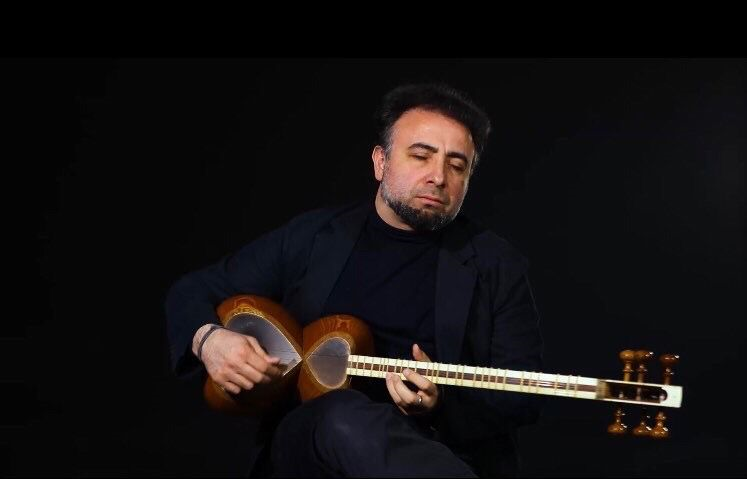
How did you work with Master Leadership, a well-known figure in world classical music? Who first came up with the idea of collaborating on “Lamenter”?
It was in late June of 1999 that Mr. Amir Ahang called me and explained the work of “Lamenter” and how to collaborate. I was honored to be offered this work. Then we contacted the leadership teacher and I received the notes and I started practicing on the piece.
Given that Iran is the cradle of tarnavazi, and undoubtedly tarnavazani were well-known and capable of collaborating with the Supreme Leader, what was the process of your selection and cooperation in such a large international project?
As far as I know, this piece was made about 50 years ago, I was not aware of this process myself, because I was not in contact with him before starting the collaboration, but Mr. Rahbari himself has mentioned the process of selecting a musician in recent years. .
The first time you heard the work “Lamenter”, given the complexity of the work, did you get in touch with it easily?
When I listened to the piece, I played the strings almost to the end, and then when I listened to the violin performance, I enjoyed the piece so much that I listened to it several times a day. A violin performance played beautifully by Ms. Paula Rahbari.
Before I came across the work of “Lamenter”, based on my knowledge of the Master of Leadership, I was sure that I would be faced with a beautiful and at the same time complex work. And we will get attractive.
What arrangements were made to practice performing this work, and did you practice and record with the orchestra or remotely during the face-to-face recording stage?
The exercises were such that I would record each episode audio and send it to the leader, and he would say if he had any ideas. After the initial home recording, we had a video call exercise that lasted about 3 hours and tips on expression ( Musicality), list of sentences, how to beat and many other issues were raised, then for the second time I sent the piece to him as a home recording and after confirmation in Pars Studio with the recording of Hassan Askari and Hamid Askari on the orchestra, re-recorded It was finalized.
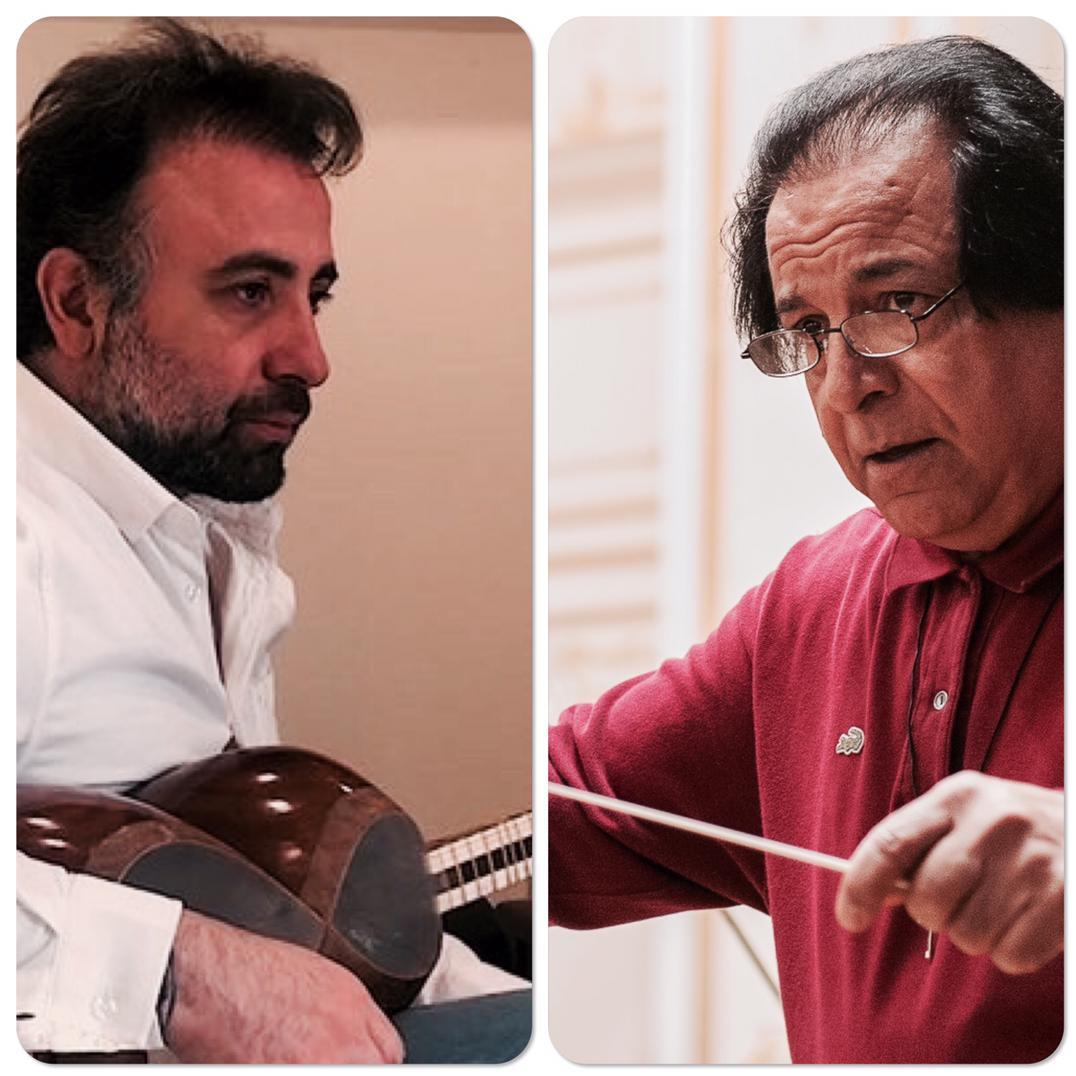
As a professional tar player, how do you evaluate the work and do you think that the totality of this work and its movements has the ability to display Iranian music in general and tar playing in particular?
This work has shown both Iranian music and string playing to a very high level (even more than before) and has presented all the features of world music at the highest levels.
It was the first time that Tar was actually performing tonal music and the piece had all the features of a universal work, including “form” (story), “modern orchestration”, “use of all orchestral instruments” (full orchestra), It had a very powerful “balance”, “sharpness” (shine) and “final”.
As a listener, to me, The Lamenter is like a full-length depiction of an epic, one that evokes anger and sadness, admiration and regret, and sometimes a smile in heaven.
Was it difficult for you to perform this work? Sometimes in places where passages and chromatic notes needed to be performed, how did you strike a balance between technique and sonority?
It was definitely difficult, especially the high quality performance doubled the difficulty, with the suggestion and approval of the Supreme Leader himself, in most parts I had to design new techniques that were not there before and apply them on the instrument, but this piece was so beautiful and exciting to play. I was a little sad about why it ended when the piece was coming to an end.
How was the cookie chosen for the run for the lower and upper batch strings and ratios, and you had no problem with that?
The tune was two cellos and was one of the most common stringed tunes, given that this piece was tonal music and used all the notes.
What is your perception and feeling as an Iranian musician about the work of “Lamenter” and what are its salient features?
The effect of this work was two parts for me, one in terms of performance, and the other in terms of audience. In terms of performance, this work changed my playing in terms of technique, sonority and expression. I have had it in my artistic life until today.
In terms of perception as a listener, the lament for me is like a complete story of images of an epic, an epic in which evokes anger and sadness, admiration and regret, and sometimes a smile in heaven. In those images, I see clear colors, sometimes streams appear next to the narrator and suddenly disappear. It was without a doubt one of the most influential works of art I have ever encountered.
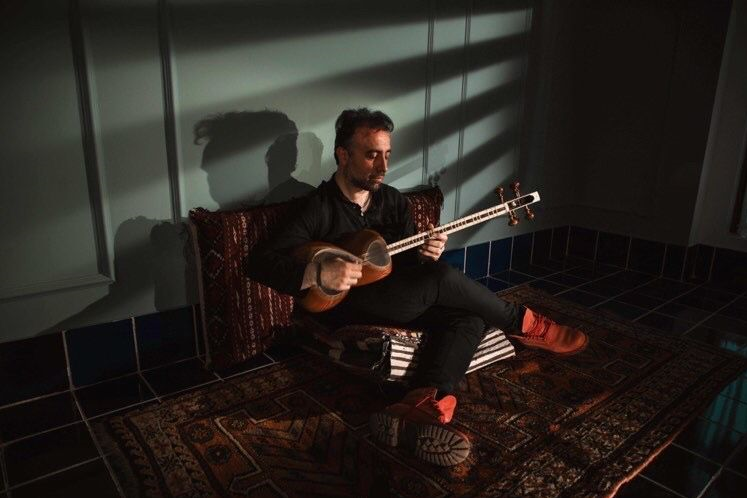
Will we see your cooperation in Master’s projects again? Explain.
It still depends on his opinion, I am proud that Master Rahbari has just created a new work called “Concerto for Two Strings” and I was happy that this work was given to me and I am currently working under his supervision. I am practicing this effect.
In this project, you worked full time with Master Rahbari for a certain period of time. Tell us about the capabilities of this well-known Iranian artist and whether our own country, Iran, has used the capacities of this global artist as it should and maybe?
There is no doubt that he is one of the top musicians in the world and he has a kind and generous personality along with these titles.
During the rehearsal, they continued to encourage me and let me practice the piece calmly for a while.
His presence in Iran can have a great impact in all fields of art, especially music. Certainly this capacity has not been used properly.
Melodies from the heart of the laments sung in the taziyehs are included in the “lament” which is one of the most original melodies that has flowed among the people.
Now, if the fans want to listen to this work, how should they access it? Do they have to pay to hear it?
This piece has not been released yet and is to be released in the future by the German company “Naxos”. Of course, parts of this concert have been published on the Instagram page of Ustad Ali Rahbari.
In your opinion, how much and how can such projects introduce the Iranian thread and ultimately Iranian art and culture to the world in a wider geography beyond our borders?
I consider the performance of such works to be the only way to introduce Iranian culture and art, because during the last 50 years, purely Iranian works, whether traditional or pop, have been performed outside Iran, which have been mostly welcomed by Iranians abroad and a small part of the audience. It has attracted non-Iranians, but works such as the “Lament” concerto can attract the attention of non-Iranians because it has all the characteristics of world music.
What do you have to do with music lovers, as well as with the officials and those involved in our country’s music?
My conversation with music lovers about the “Lament” concert is that this work is different from previous works performed with strings, and because the characteristics of world music are applied at the highest level in this work, these differences are inevitable and also Melodies from the heart of the laments sung in the taziyehs are included in the “lament” which is one of the most original melodies that has flowed among the people.
I call on the esteemed officials to create conditions in which the capacity of all artists, both inside and outside the country, can be used.
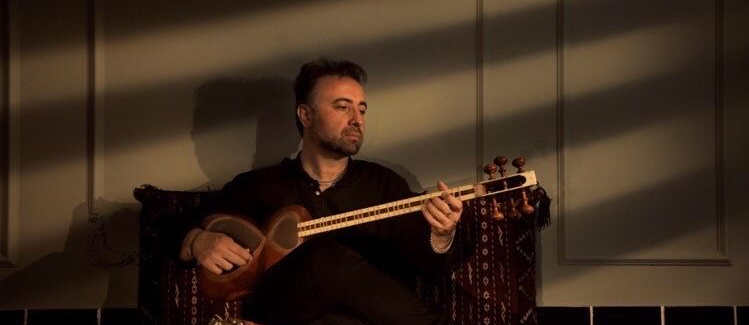
End of message /
.

